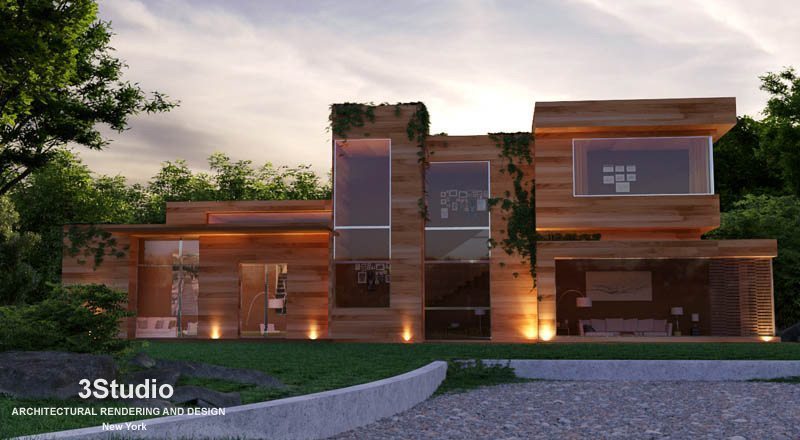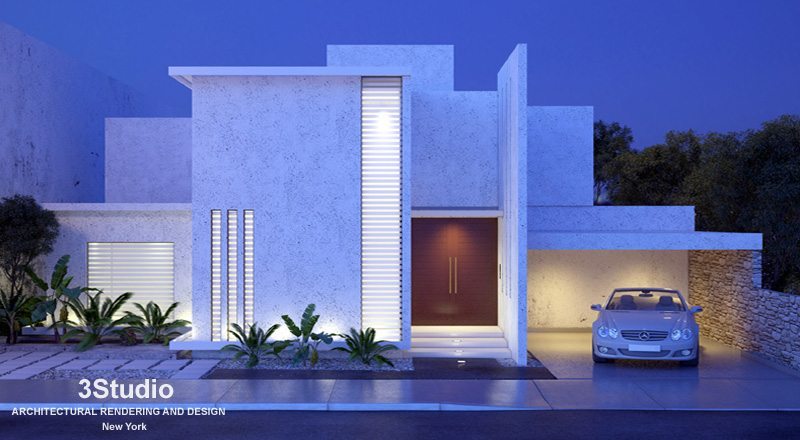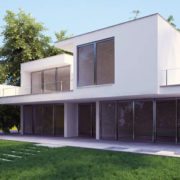Real Estate Properties 3D rendering at realtor’s work
3D rendering has become an essential tool in the real estate industry, particularly for realtors. It provides a powerful way to visualize properties for marketing and sales purposes, enabling potential buyers to get a realistic view of a property before it’s even built or without having to visit in person. Here’s an overview of how 3D rendering is used in a realtor’s work:
1. Pre-construction Visualizations: For properties that are not yet constructed, 3D renderings allow realtors to show prospective buyers what the finished building will look like. This visualization can include exterior views, landscaping, and surrounding areas.
2. Interior Renderings: Realtors can use 3D renderings to display the potential layout and design of interior spaces. This can be especially helpful for clients interested in customization options for new construction or for suggesting how space might be used or modified.
3. Virtual Staging: Rather than physically staging a home with furniture, realtors can use 3D renderings to virtually furnish an empty space. This can help buyers better understand the scale and potential of a room or area.
4. Virtual Tours: 3D renderings can be crafted into a virtual tour that allows clients to “walk through” a property from their computer or mobile device. This interactive experience can be incredibly effective for engaging with distant or busy buyers.
5. Marketing Materials: High-quality 3D renderings can be used in brochures, website listings, and social media posts. They tend to be more appealing and attention-getting than traditional 2D-floor plans or blueprints.
6. Enhancing Client Understanding: 3D renderings can help bridge the gap between technical architectural drawings and the layperson’s understanding. They allow realtors to explain complex design features and selling points more easily.
7. Project Modifications: By visualizing a property in 3D, developers and clients can identify and make modifications before construction begins, saving time and money.
8. Planning and Approvals: When seeking planning permissions or community support for a new development, having a 3D rendering can help stakeholders envision the project and its impact on the area.
Technologically, 3D renderings are created using advanced computer graphics software by skilled professionals. These can range from dedicated architectural visualization firms to in-house designers at larger real estate companies. The process involves modeling the structure, applying textures, setting up realistic lighting, and often integrating the building into an actual photograph or a realistically created environment.
For clients, 3D renderings provide a tangible representation of a property that can inspire confidence and help in making an informed decision. For realtors, these renderings are a quintessential part of contemporary marketing strategies, enhancing the presentation and sale of both residential and commercial properties.
Real Estate Properties rendering at realtor’s work: sell more expensive and quicker. Rendering is an engine of a trade the real estate!
The main rule of a successful realtor is always to be in trend! Rendering is a real trend for the next years in dealing with real estate.
According to the National Association of Estate Agents of USA for 2014, rendering allows to sell at 27% more expensive and 20% quicker.
Rendering or visualization is an innovative product of Internet technologies development, photos, and video replay. Little to no tampering helps to convey an object’s image to a customer (occupier) of real property.
This trend helps to modify the concept of a realtor’s profession changing the attention of a nonprofessional from a lawful angle to advertising. Even 2 or 3 years ago answering the question “What does realtor do”, many people pictured themselves to be «rather lawyers» than realtors. But today they have become more like «marketing experts, advertisers, decorators or negotiators» than a realtor.
There appeared vociferous opponents to rendering from an «old school» of realtors, which consider that rendering will kill the profession of estate agent and lead to dumping at the market of realtor’s services. We can dispute or accept it. Notwithstanding the above and whose side we will choose the progress is unstoppable, so as rendering. If truth be told, it isn’t depending on us. The train called «a render» has a great speed, so you can jump into it or stay aside. This is your own choice.
The main stages of rendering
Pre-sale preparation of an object. This is of paramount importance to take out the rubbish before shooting a real property. Take away all unnecessary things and the less the real estate is cluttered the easier it will be sold out.
The main instruments of rendering are photos, video, 3D planning, and 3D virtual tour.
Rendering layout on the Internet and on destination sites. We can arrange an object on a corporate site, on other effective sites, and arrange it with only one click.
Rendering in the printing industry: posting full-colored advertisements with QR codes, presentations, and other inexpensive install printing.
The selling of real property will be seen by tens of thousands of potential clients (suppliers).
- How to add perspective to architectural projects with digital 3D rendering help - December 24, 2023
- 3D Architectural Walkthrough Animation Services New York - April 24, 2019
- 3D Rendering Services in San Francisco, California - March 12, 2019














